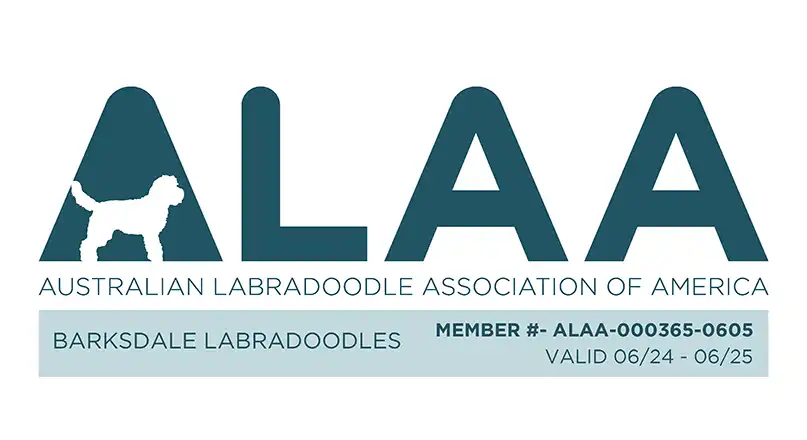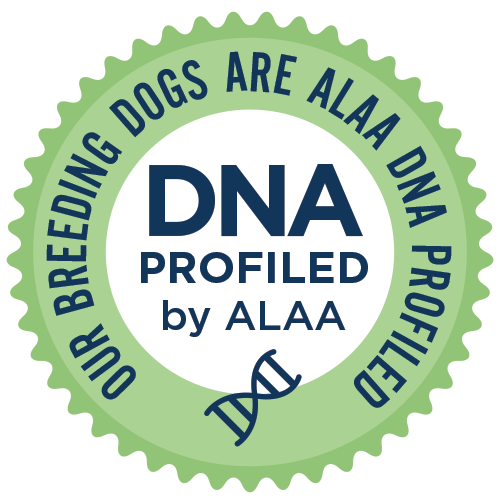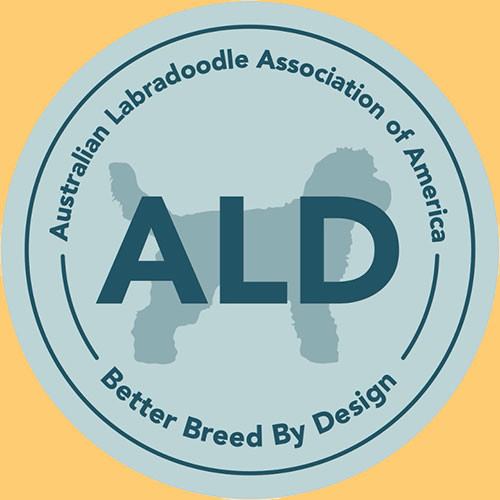Go, Dog, Go!
Cross a Lab and a poodle, and you get Kirby the Labradoodle. Could this be the next ” it” dog?
By Andy Serwer
I’m a normal guy. I like to walk around my neighborhood naming other people’s dogs under my breath. I once called a pit bull Mighty Aphrobitey. My wife pegged a poodle Bebe Rebozo. Then there was the bulldog I dubbed Lord Diggybone. (This is of course a source of great embarrassment to my kids.) I’m usually pretty quick with this naming game, but the other day I saw my neighbor leading around a puppy that was amazingly … different. For once, I was at a loss for nicknames. “Who and what is that?” I asked. “His name is Kirby,” my neighbor Jane replied, “and he’s a Labradoodle.”
Maybe you hadn’t heard either? The Labradoodle, it turns out, just might be the next “it” dog. I know three families that have recently procured the beasts, which seem to be melting pots of intelligence, loyalty, gaiety, and quirk. Half Labrador retriever (black, yellow, or chocolate) and half poodle (standard, of course, in blue, gray, silver, brown, cafe au lait, apricot, or cream), Labradoodles look and act like what you’d get if you plugged an oversized dust mop into an electric socket.
Sure, cockapoos have been around for years (cocker spaniel/poodle mix). There is the schnoodle (schnauzer/poodle), and even the golden retriever/poodle mix (gopoo?). But there is something about a Labradoodle that makes you feel as though you’re looking at a dog sprung from the pages of Dr. Seuss. If you think poodles are too prissy, and Labs are lunkheads, have we got a dog for you!
Actually, the origins of the Labradoodle are practical. An Australian named Wally Cochran, it is said, first crossbred a Lab and a poodle back in the 1970s to help a blind woman who was allergic to dogs. Labs are terrific seeing-eye dogs, but they shed. Poodles don’t shed and thus are great pets for allergy sufferers. Cochran succeeded in breeding a hypoallergenic guide dog; but more than that, he may have created the canine equivalent of a Hula-Hoop. “That’s the dog everyone wants,” a friend in Washington reports. “I know five people who are looking to get one.”
So the Labradoodle is a hot ticket, but is it a new breed? “It is unlikely in your lifetime that the Labradoodle will be recognized” as a breed, says Daisy Okas, spokeswoman for the American Kennel Club. “There needs to be an established history and especially a reason for being. Some breeds were bred for rodent hunting.” (Cornering voles is a better “reason for being” than aiding a blind woman with allergies?)
The AKC says that to be recognized as a breed, the Labradoodle must first have three generations of consistent and predictable lineage. In case you’re wondering, Labradoodles aren’t like mules; they can produce offspring. The AKC points out that it does register new breeds–it currently recognizes 150. Why, in this decade alone it has recognized the Polish Lowland sheepdog and the spinone Italiano. Maybe what the Labradoodle needs is a more dignified name.
Nah.
“I’m really not concerned about them being recognized or not,” says Vicky Roosevelt of West Orchard Labradoodles in Chappaqua, N.Y., who keeps three kids, three adult Labradoodles, and 16 puppies–in her house. She’ll sell you one of them–not the kids–for about $2,000. “The first time I heard about them I thought it was a joke,” she says. “Then we got one, and now we’re breeding them. They’re great dogs. ” I don’t think Kirby the Labradoodle cares much about the AKC’s recognition either. Neither does my neighbor Jane: “I’ll walk him down the street, and people stop us all the time. I wish they would do that with my kids,” she says.
And so the happy Labradoodle, created some 30 years ago to address a singular problem Down Under, becomes the object of a family’s love 10,000 miles away. How many innovations have a pedigree like that? Not many. Not even the Polish Lowland sheepdog. (Polka?)
From the May. 12, 2003 Issue of Fortune Magazine









